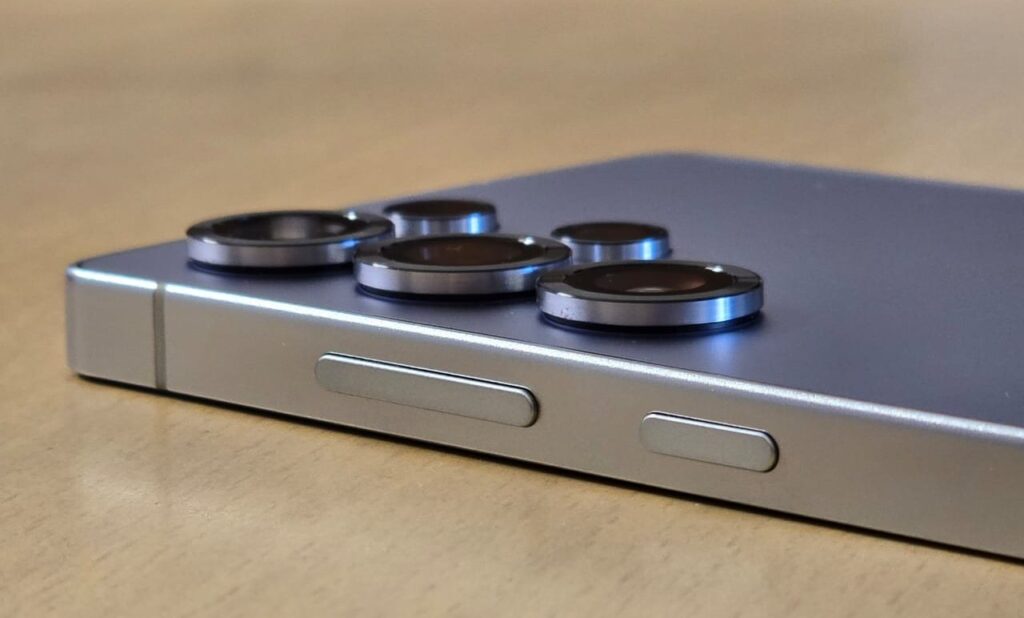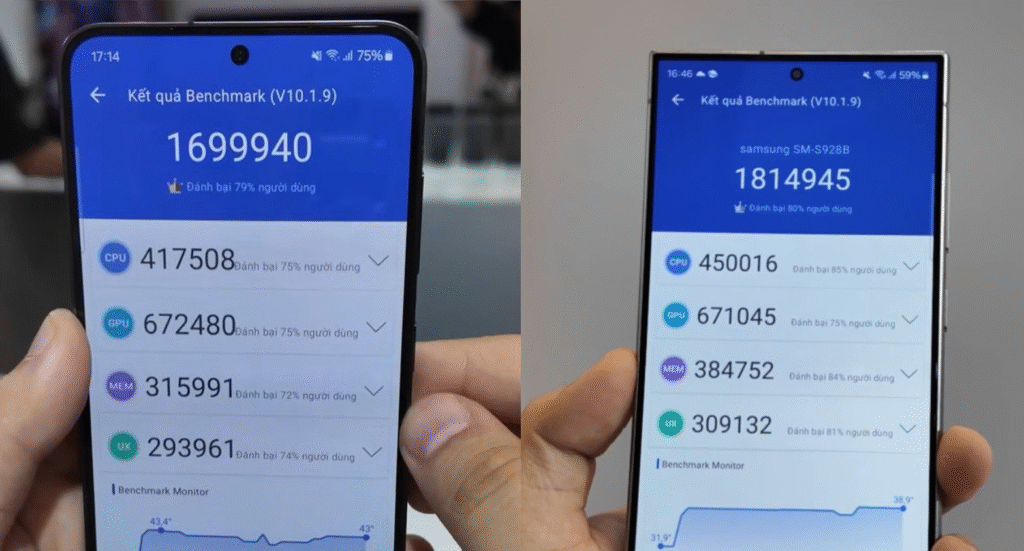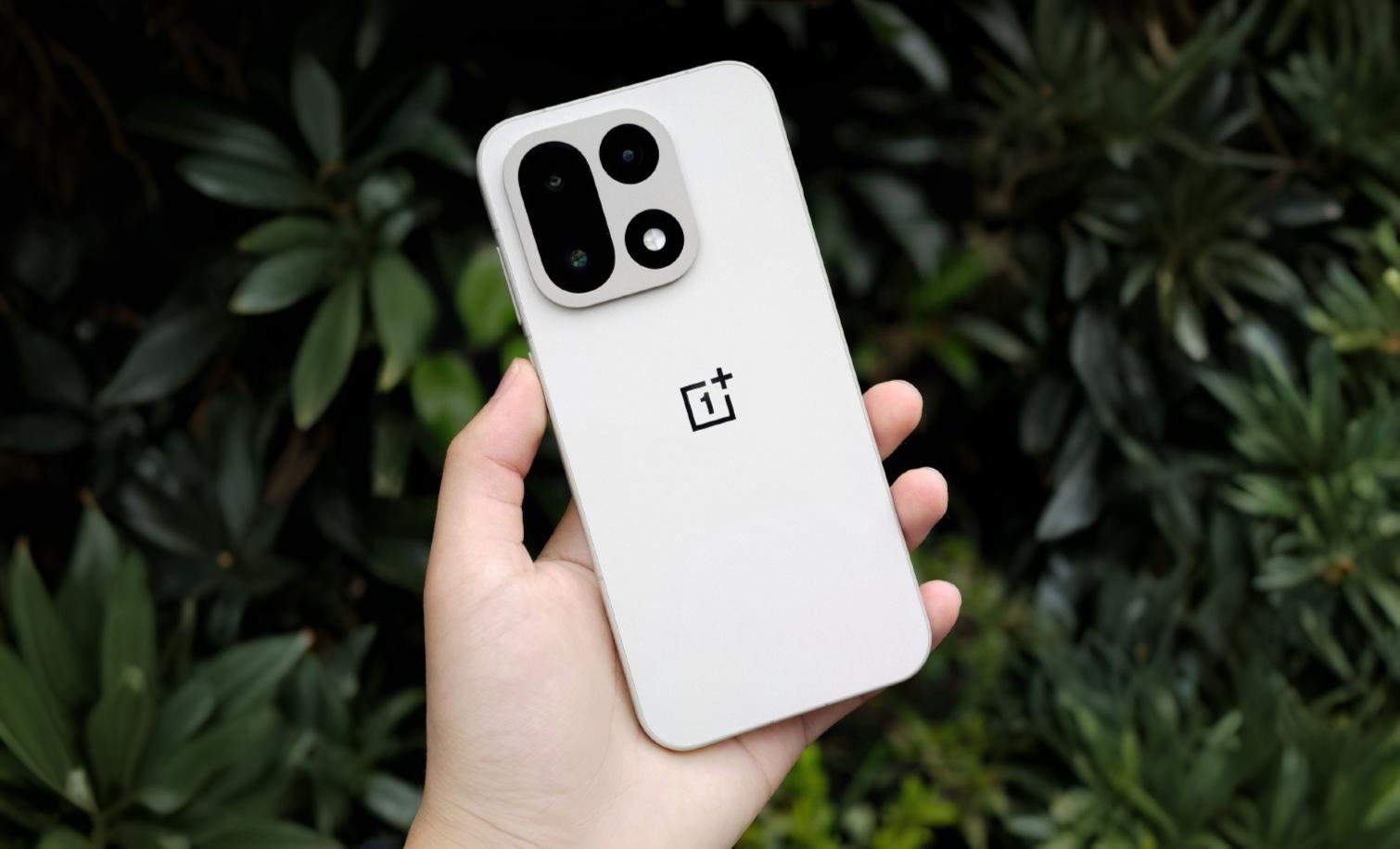Samsung’s decision to bring back its in-house Exynos chips in future Galaxy flagships might sound like a cost-saving move on paper, but there’s a deeper, more exciting reason why this could benefit everyone—even those not planning to buy a Samsung phone.

Why Exynos means more than just a chip
The Exynos name has a complicated reputation, especially after years of performance gaps compared to Snapdragon. But there’s another side to the story. Historically, Samsung’s most innovative devices have come during the Exynos-powered years. Think about the early Galaxy S and Note series—when Exynos was the default in most global markets, Samsung was constantly pushing boundaries. From curved-edge screens to radical design shifts, the company was brimming with ideas.
Compare that to the last few generations of Snapdragon-only Galaxy Ultra phones. Since the Galaxy S23 Ultra, the design language has remained mostly unchanged. Sure, it’s refined and premium—but safe. The upgrades from S24 Ultra to S25 Ultra (and the rumored ones associated with the S26 Ultra) are marginal at best. Apart from the new Snapdragon chip and some AI features, the hardware has barely evolved in the last few “Snapdragon-exclusive” years.
This stagnation isn’t just a coincidence. When Samsung leans heavily on Snapdragon, a chunk of the budget goes to licensing and procurement. That often leaves less room to experiment with bold designs, new materials (Si/C battery?), or major camera upgrades. With Exynos, Samsung not only saves money, but also gains complete control over the system-on-chip—giving it flexibility to innovate in other areas.
Exynos 2400 and beyond: it’s no longer the underdog

Samsung’s latest Exynos 2500 isn’t the same chip from the problematic Exynos 990 days. It brings a major AI performance boost, competitive CPU and GPU scores. Even the Exynos 2400 performed neck and neck with its Snapdragon counterpart, at least when it comes to battery life.
Rumors suggest the Exynos 2600, likely to power the Galaxy S26 and S26+, won’t be far behind its Snapdragon counterpart, the 8 Elite Gen 2, in terms of performance and power efficiency.
Even for someone paying flagship prices for a technically inferior chipset, a Galaxy powered by Exynos could still be a better choice than sticking with a Snapdragon model that offers basically the same design and specs we’ve seen for the last two or three generations. Unless you’re a power user chasing the latest gaming titles, an Exynos-powered Galaxy with meaningful improvements elsewhere might actually be the smarter pick over something like the Galaxy S25 Ultra.
Time to bring back the bold
Samsung was once the brand that shocked the world with daring designs and industry-shaping hardware. Many of those risks were taken during the height of Exynos-powered flagships. From flexible displays to high-end zoom systems and unique form factors, Samsung led the charge.
Today, Chinese brands like vivo, Xiaomi, and Honor are leading in camera performance and form factor innovation. If Samsung wants to reclaim that edge, it must reinvest in bold ideas—and that starts with freeing up budget and engineering creativity. Returning to Exynos is the first step.
Bottom line: Samsung returning to Exynos isn’t just a chip decision—it could mark the return of the Samsung that wasn’t afraid to try something new. That’s good news for all of us.


